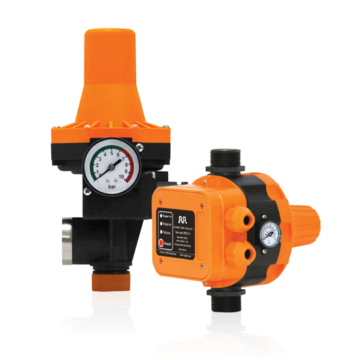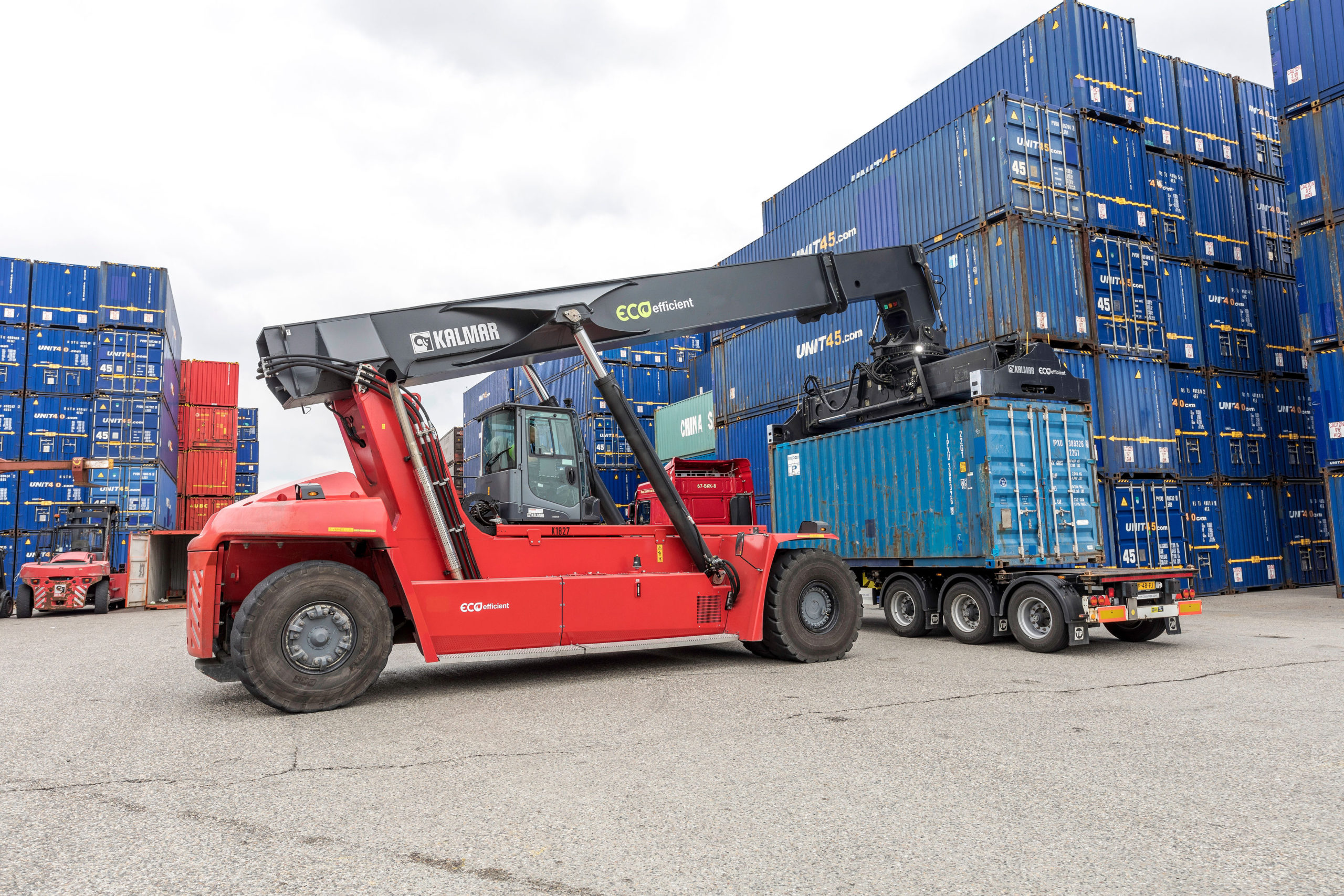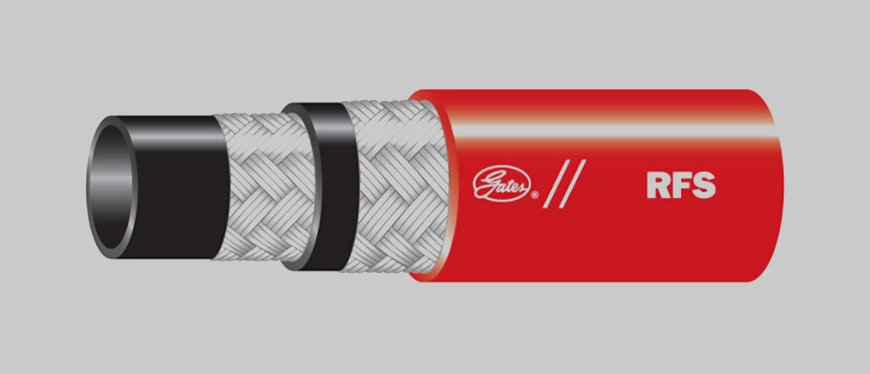Pressure control valves are essential hydraulic products that play a critical role in maintaining the efficiency and safety of hydraulic systems. These relief valves are designed to protect pumps and other components from excessive pressure, which can lead to system failures, equipment damage, and potential safety hazards. By ensuring a constant system pressure, pressure control valves contribute to the smooth operation of hydraulic machinery across various industries. The primary function of pressure control valves is to prevent overpressure conditions. When hydraulic pressure exceeds a predetermined level, these valves open to allow fluid to escape, thus protecting the system. This functionality is vital in applications ranging from industrial machinery to mobile equipment, where fluctuations in pressure can occur due to varying loads and operational demands. There are three main types of pressure control valves: direct acting, pilot operated, and solenoid controlled. Each type has its own unique features and benefits, making them suitable for different applications within the realm of hydraulic products. Direct-acting relief valves are the simplest and most common type. They operate based on a spring mechanism that holds the valve closed until the pressure reaches a set limit. Once this threshold is exceeded, the valve opens, allowing excess fluid to bypass the system. This straightforward design makes direct acting valves easy to install and maintain, making them ideal for smaller hydraulic systems or applications with lower pressure demands. Pilot-operated relief valves offer a more advanced solution for pressure control. These valves utilize a secondary pilot valve that regulates the opening and closing of the main relief valve. This design allows for higher flow capacity and more precise pressure control, making pilot-operated valves suitable for larger and more complex hydraulic systems. Their ability to maintain consistent pressure under varying load conditions makes them a preferred choice in industries such as manufacturing and construction.
Solenoid-controlled relief valves represent the cutting edge of pressure control technology. By integrating electronic controls, these valves can respond dynamically to changes in hydraulic pressure. This adaptability is particularly beneficial in automated systems, where real-time adjustments are essential for maintaining optimal performance. Solenoid-controlled valves can be operated remotely, allowing for greater flexibility in system management and enhanced efficiency in processes. The significance of pressure control valves extends beyond their operational capabilities. They also enhance the safety and reliability of hydraulic systems. By preventing overpressure situations, these valves mitigate the risk of hydraulic failures that could lead to serious accidents or equipment malfunctions. In environments where safety is paramount, the use of high-quality pressure control valves is a crucial investment. Moreover, pressure control valves contribute to the overall energy efficiency of hydraulic systems. By maintaining stable pressure levels, they reduce energy consumption and minimize wear on hydraulic components. This results in lower operational costs and extended service life for machinery, making pressure control valves not only essential for safety but also for cost-effective operation. In conclusion, pressure control valves are vital hydraulic products that ensure the safe and efficient functioning of hydraulic systems. Their ability to manage pressure effectively prevents equipment damage and enhances system reliability. With various types available, including direct-acting, pilot-operated, and solenoid-controlled valves, there is a suitable option for every hydraulic application. Investing in quality pressure control valves is essential for any business seeking to optimize its hydraulic operations while prioritizing safety and efficiency.
 teknowfeed
teknowfeed


